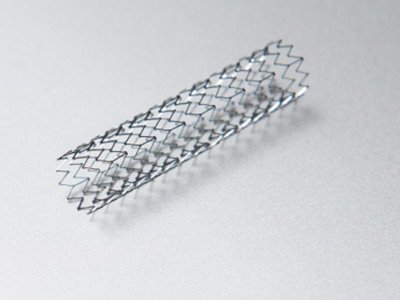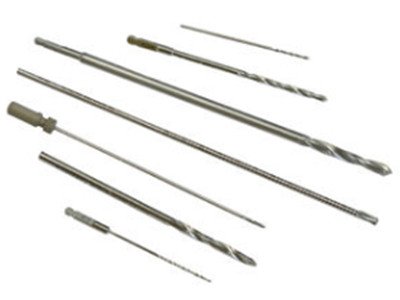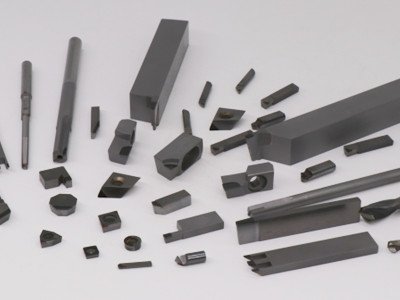06
Aug
Nitinol bone drills are high‑performance medical instruments that merge advanced material science with modern minimally invasive techniques. Based on the unique physical and biological properties of Nitinol (Nickel‑Titanium alloy), these drills are widely applied across orthopedics, maxillofacial, spinal, and dental surgery. However, manufacturing Nitinol bone drills poses distinct challenges due to material‑specific characteristics. This article comprehensively covers material traits, clinical use‑cases, machining challenges, and optimization strategies.




| Property | Challenge |
|---|---|
| Superelasticity | Causes elastic rebound, affecting hole size and precision |
| High Toughness | Chips adhere to tools rather than break, degrading surface quality |
| Low Thermal Conductivity | Localized heat during machining may trigger phase transformation |
| Work Hardening | Surface hardens during cutting, accelerating tool wear |


| Parameter | Recommended Range | Purpose |
|---|---|---|
| Cutting Speed | 20–50 m/min | Prevent overheating and phase changes |
| Feed Rate | 0.01–0.05 mm/rev | Reduce cutting forces and elastic rebound |
| Cooling Method | MQL or low‑temperature air | Minimize heat and reduce chip adhesion |
| Item | Nitinol Bone Drill | Stainless Steel / Titanium Drill |
|---|---|---|
| Elasticity & Deformation Control | High elasticity, better precision | Prone to bending, potentially lower accuracy |
| Tool Wear | Rapid wear; requires high‑performance tooling | Slower wear; standard carbide tools suffice |
| Thermal Control | Strict; requires careful heat management | Conventional cooling is sufficient |
| Minimally Invasive Adaptability | Excellent (shape memory allows narrow paths) | Moderate |
| Manufacturing Cost | Higher (due to tooling and process complexity) | Lower |







